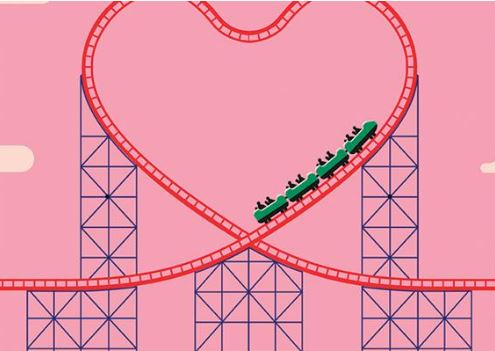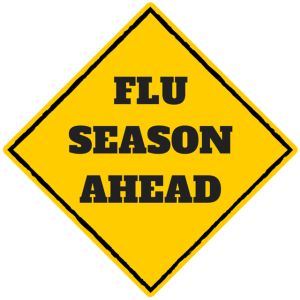Data shows that fall risk peaks between 6-9 pm and again from 3-6 am, when senior care staffing is reduced. What’s more, 50 percent of residents who fall overnight will have another overnight fall. These statistics become even more critical as they are applied to those living with Alzheimer’s and other forms of dementia—as the sun goes down, these residents are at even greater risk for falls as they experience sundowning, increased restlessness, anxiety, and disorientation—all of which can become more intense as the diseases progress.
Read more at https://www.providermagazine.com/Articles/Pages/4-Ways-To-Reduce-Fall-Risk-in-the-Most-Vulnerable-Hours.aspx








